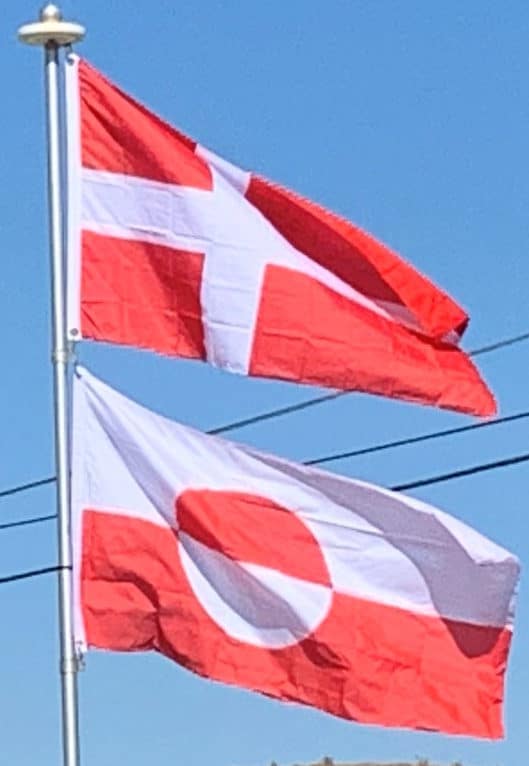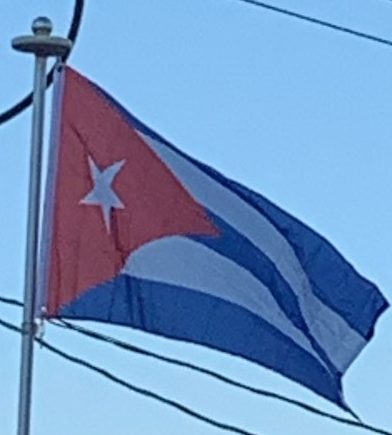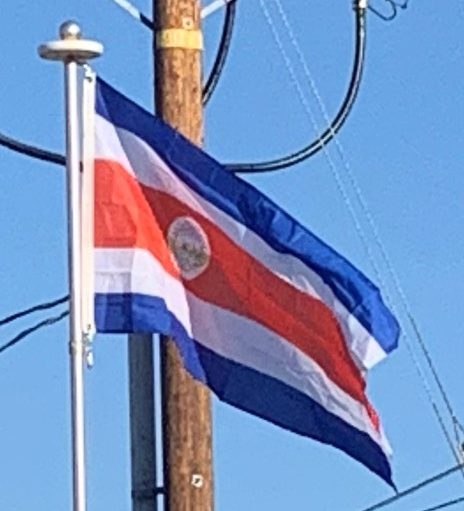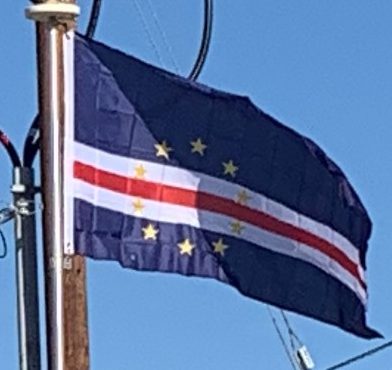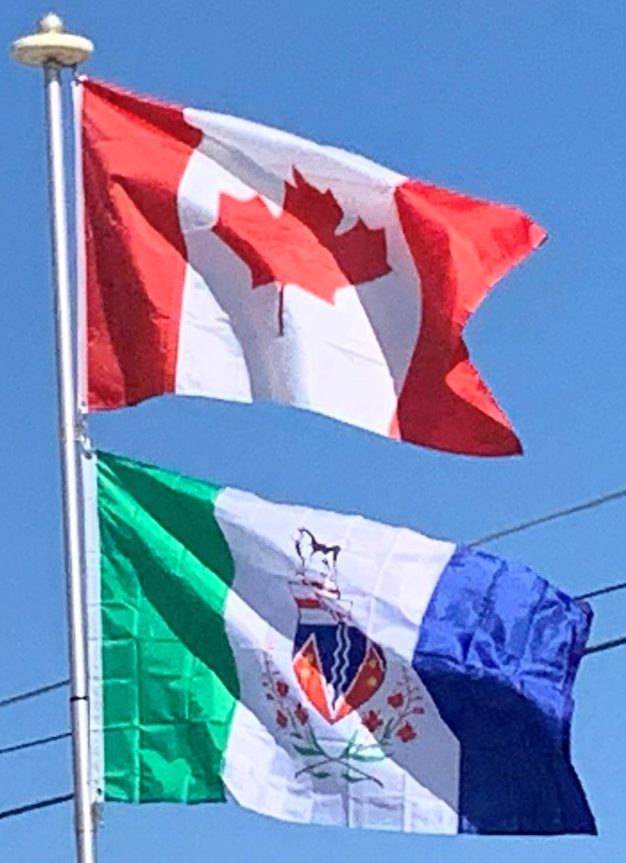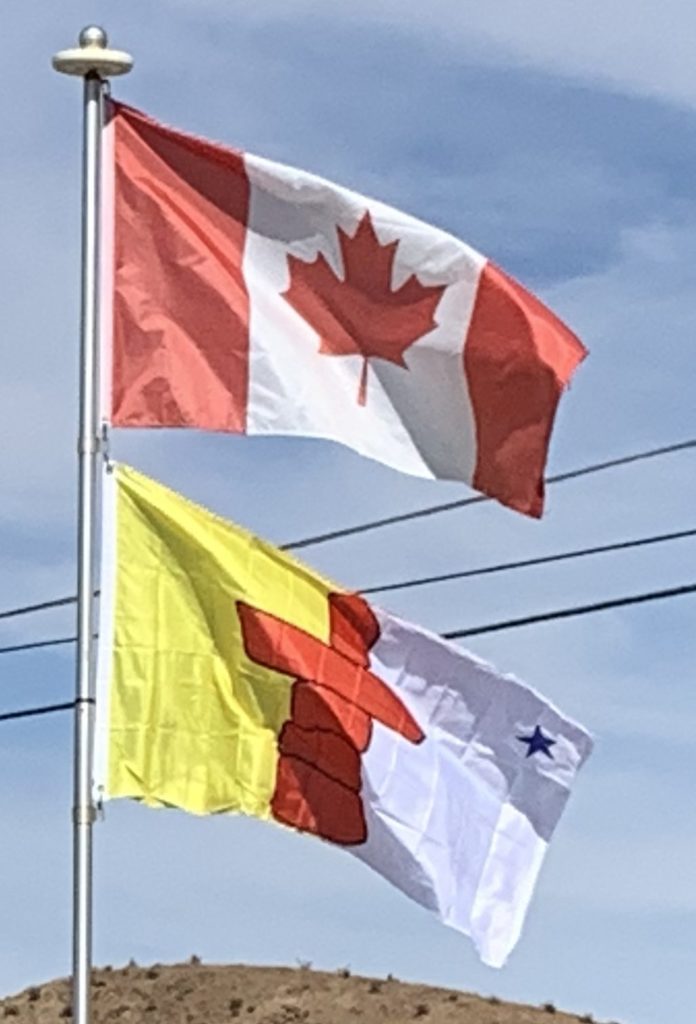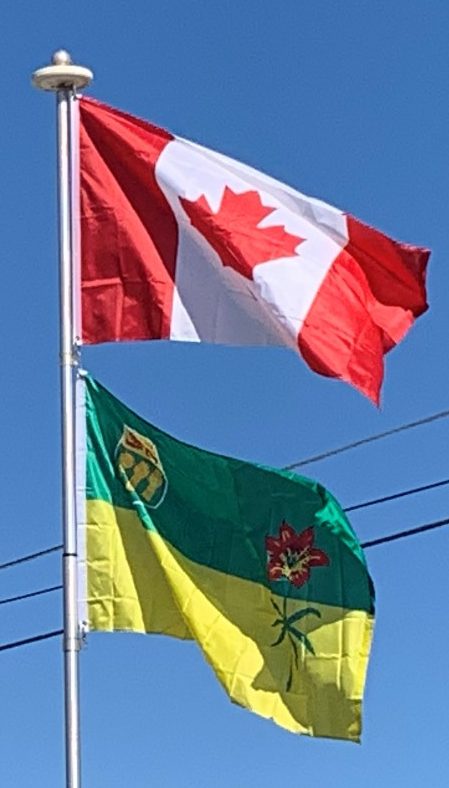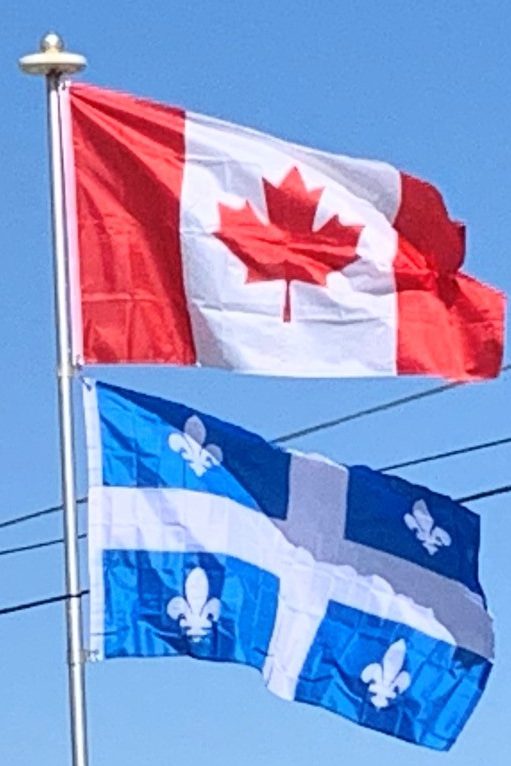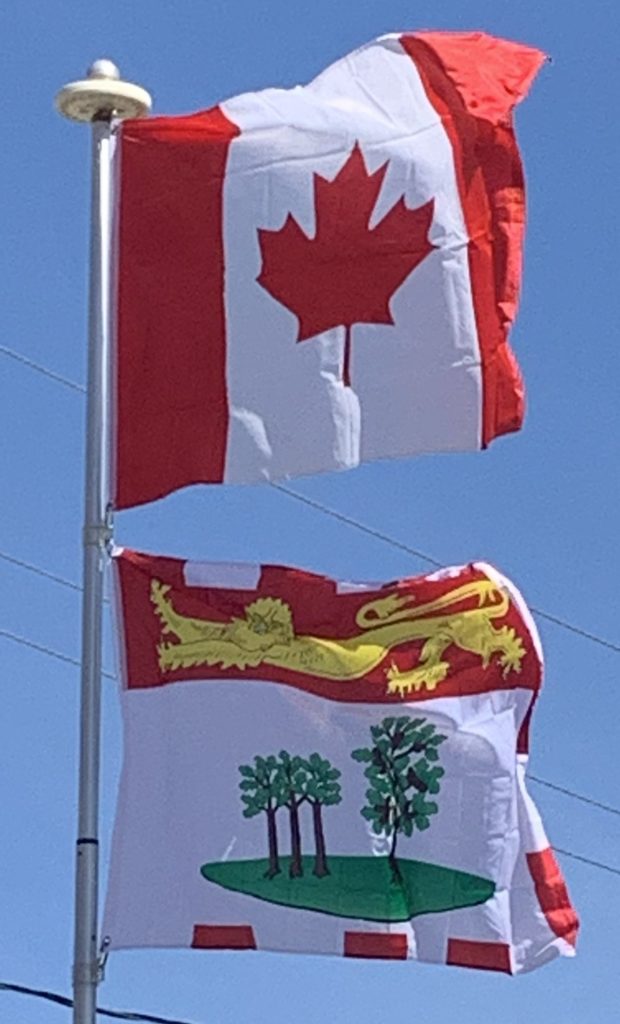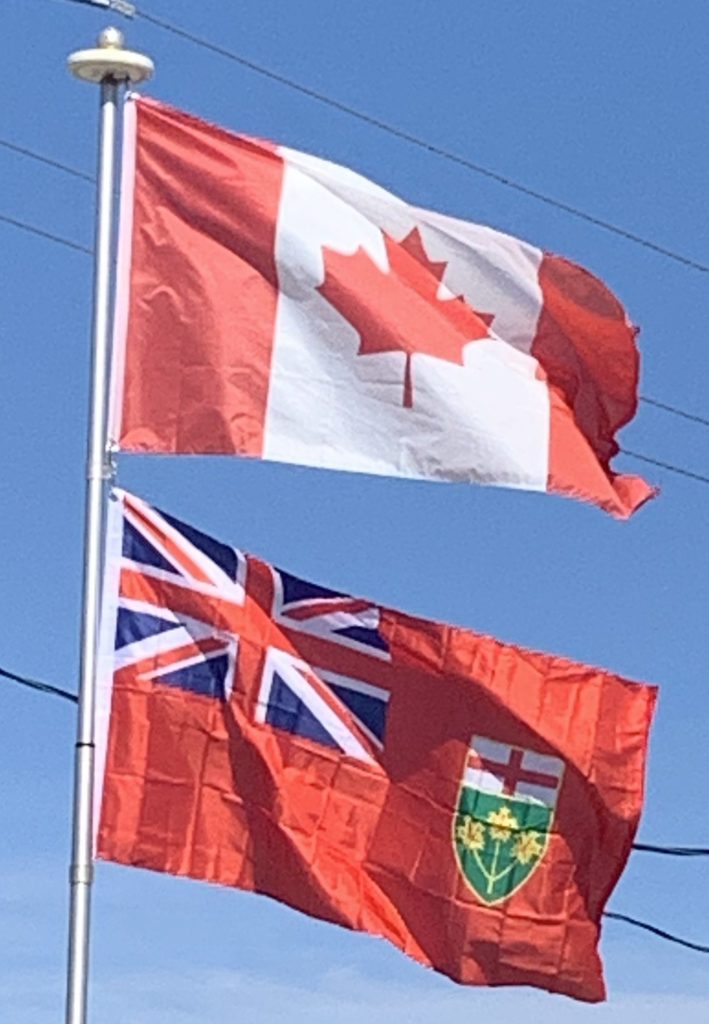Greenland
To honour the tenth anniversary of the Erfalasorput, the Greenland Post Office issued commemorative postage stamps and a leaflet by the flag’s creator. He described the white stripe as representing the glaciers and ice cap, which cover more than 80% of the island; the red stripe, the ocean; the red semicircle, the sun, with its bottom part sunk in the ocean; and the white semicircle, the icebergs and pack ice. The design is also reminiscent of the setting sun half-submerged below the horizon and reflected on the sea. In 1985, the public was made aware that Greenland’s flag had exactly the same motif as the flag of the Danish rowing club HEI Rosport, which was founded before Greenland’s flag was chosen. It is not clear whether this is a case of plagiarism or just a coincidence, but the rowing club has given Greenland permission to use their flag.
